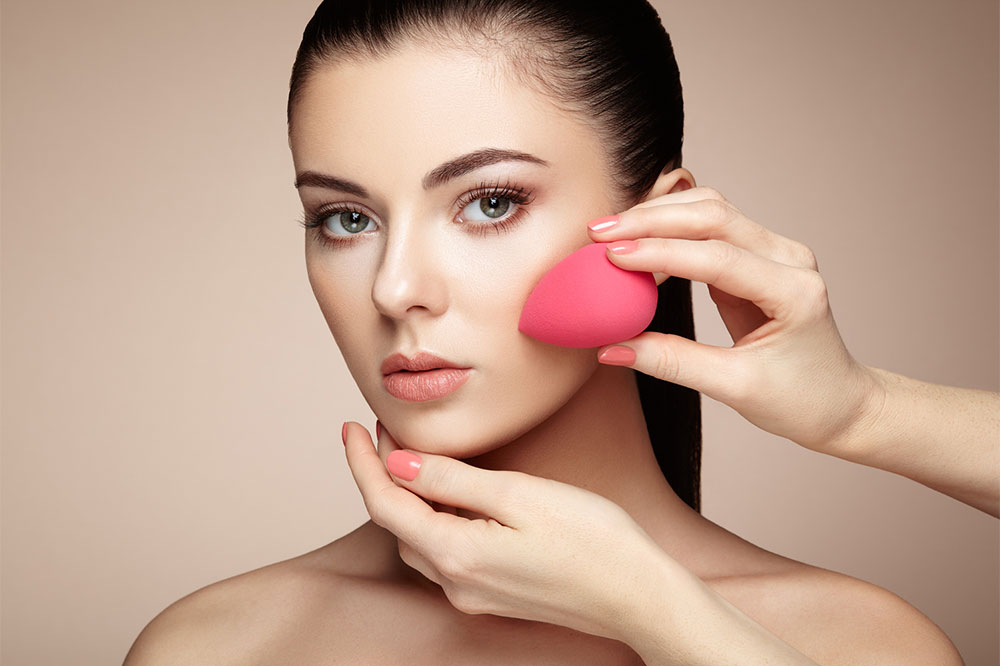
Common Foundation Mistakes To Avoid
A foundation is the base on which you build your entire makeup. If the base goes wrong, you won’t be happy with the end result. Mastering the art of applying a foundation may not be that easy, as it comes in various types, shades, and techniques; and there are thousands of options to choose from. But you can certainly learn to avoid some common mistakes that people tend to make while applying a foundation. Read on to learn about a few of them:
Choosing the wrong shade
We often make the mistake of selecting a foundation that is either too light or too dark for our skin. You can easily avoid this common mistake by testing a foundation on three areas (other than the back of your hand)—the top of your cheek, nose, and along the jawline. Also, to gauge the perfect shade, it’s quite important that you test the foundation under natural daylight conditions. If you’ve applied the right shade, then it will seamlessly blend with your skin.
Picking the wrong type
It is not enough for a foundation to match your skin tone—the type matters as well. Picking the wrong foundation formula is another common mistake. However, this can be easily avoided. First and foremost, it is important to know about the different types that a foundation is available in—powder, cream, and liquid. Then, you need to determine which foundation type is suitable for your skin. For example, a water-based foundation is perfect for oily skin, whereas a creamy foundation is more suitable for those with dry skin.
Over-application
When it comes to applying foundation, keeping in mind that less is more can help. A foundation helps even out the skin tone, so apply it first to areas that have redness, pigmentation, shadows, and blemishes, and then blend it across the face using a sponge blender. Many also tend to apply multiple layers of foundation to even out the skin tone. But this only leads to the makeup looking caked, and the face appearing lighter or darker than intended.
Not using a primer
Skipping the primer is another big mistake. If you want your makeup to last all day and still appear fresh by evening, then applying a primer before foundation is necessary. It acts as a barrier between the makeup and skin. If you have dry skin, a primer will prevent it from absorbing the foundation, which might otherwise make the skin look patchy. Whereas if you have oily skin, it will stop the oil from making your makeup slide.
Not prepping your skin
If you want your skin to look flawless after applying makeup, then you must ensure that it is capable of holding your makeup well. A typically prepping routine involves cleansing the skin, and ridding it of all makeup and moisturizing it. This will help the foundation blend in evenly with your skin. Additionally, a serum or eye cream can also be applied. No matter which product you choose to prep your skin with, make sure that you allow it to seep into your skin before applying a foundation.



